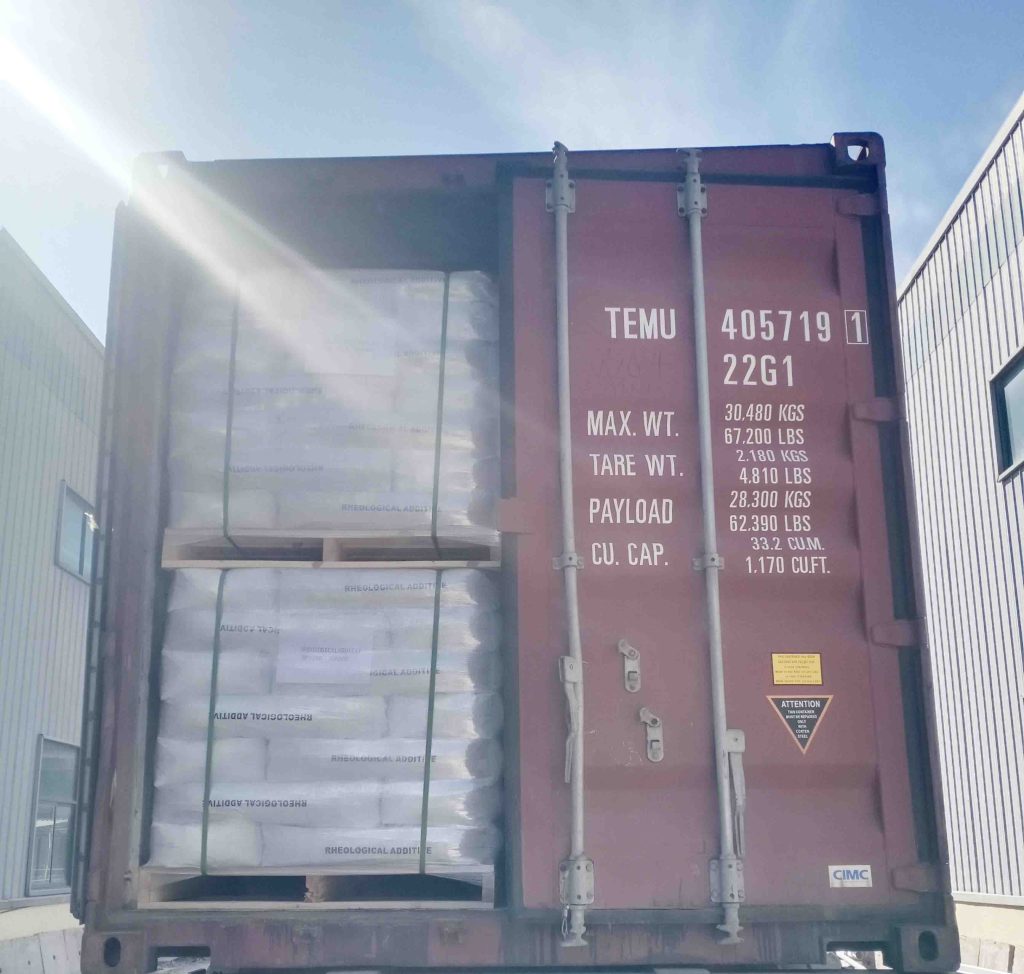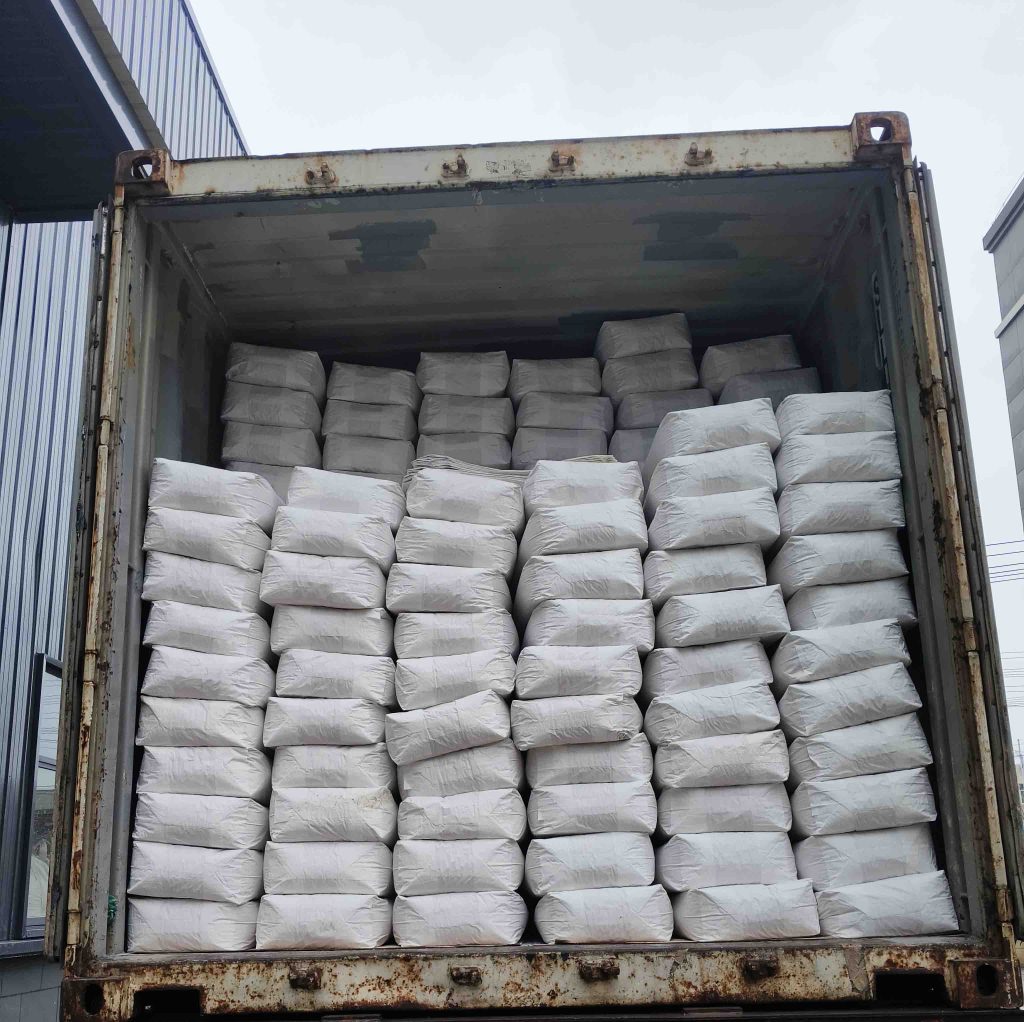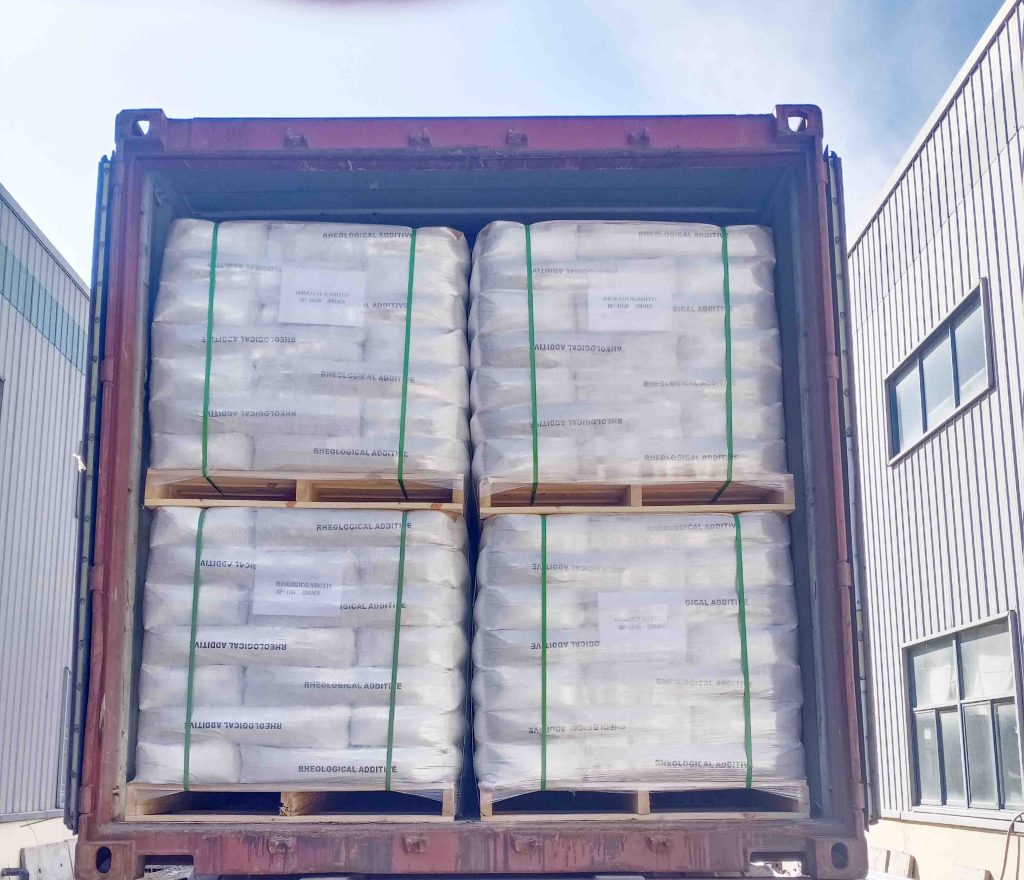Glass bead blasting is most commonly used for surface preparation of metals, plastics, glass, wood, construction industry and ceramics.
1. Metal: Adding glass beads to metal products such as stainless steel, aluminum, copper, titanium, etc. can improve surface roughness, remove oxidation layer, increase texture or pre-treatment to facilitate the adhesion of subsequent coatings.
2. Plastics: Plastic parts that require high abrasion resistance can be blasted to improve surface adhesion or aesthetics.
3. glass and ceramics: glass and ceramic surfaces can be abrasive blasted to create a roughness that increases their functionality, especially water resistance and coating adhesion.
4. wood: sandblasting can add texture to wood surfaces .
5. composite materials: surfaces can be cleaned of dirt and contaminants. 6. building materials: in the construction industry, sandblasting is used to create roughness.
6. building materials: in the building industry, glass beads are sandblasted to improve their abrasion resistance or thermal and acoustic insulation.
Commonly used in stone, concrete and other surfaces.
Glass bead blasting can minimize the damage to the surface of the object, while maintaining its own precision and uniform spraying effect. It is non-reactive to most materials, making it very safe.
glass beads for sale

What Are Bead Blasting’s Applications?
| Aerospace industry | Remove rust and paint from mechanical components to remove knife marks. |
| Remove scratches on the rubber | Reflective paint for roads |
| Scratch treatment on the surface of stainless steel. | |
| Foundry industry; | Pre processing in the electroplating industry. |
| Semiconductor Industry | Crafts for exterior decoration |
glass beads for sale
For which materials is glass bead blasting used? Glass bead blasting is most commonly used for surface preparation of metals, plastics, glass, wood, construction industry and ceramics.
Size of glass beads for blasting
Model of Bead blasting glass | Sieve Size (mesh) | Particle Size Range(μm) |
WSL17L# | 20~40 | 425 ~ 850 |
WSL 18L# | 30~40 | 425 ~ 600 |
WSL 19L# | 40~60 | 300 ~ 425 |
WSL 20L# | 60~100 | 150 ~ 300 |
WSL 21L# | 70~140 | 106 ~ 212 |
WSL 22L# | 100~140 | 106 ~ 150 |
WSL 23L# | 100~200 | 75 ~ 150 |
WSL 24L# | 140~200 | 75 ~ 106 |
WSL 25L# | 140~270 | 53 ~ 106 |
WSL 26L# | 200~325 | 45 ~ 75 |
Specification of Bead blasting glass
| Specific gravity | 2.4-2.6 g/m3 |
| Stacking density | 1.5g/cm3 |
| Type | Blasting / Shot Peening Media |
| Spherical | |
| Rockwell hardness: | 46HRC |
| Mohs | 6-7 |
| Round rate | 80% |
| Melting point | 710-730 ℃ |
| Index of refraction | 1.5—1.6 |
A brief introduction to glass bead blasting
Glass bead blasting is a spherically structured abrasive and blasting media used to clean the surface of workpieces, removing surface and edge burrs as it cleans.
It is an environmentally friendly and recyclable material with a uniform particle size distribution and light weight, while enhancing the gloss of the workpiece. Glass bead blasting is suitable for metals, plastics, glass, ceramics, wood and more.
It has a wide range of applications in manufacturing, aerospace, automotive, electronics, architecture, and art.
Glass bead blasting has the following characteristics:
1. Its chemical composition is non-invasive to machined surfaces and precision dimensions because it is extremely stable chemically.
2. round shape, impact resistance, recyclable, multiple use, low loss when sandblasting.
3. Wear-resistant, low abrasion, can prolong the service life of the nozzle.
4. The surface of the treated workpiece is smooth and glossy with special aesthetics, which can improve the value of the product.
Glass bead blasting is widely used in the surface treatment of stainless steel and metal products, which can realize matte and semi-matte effects.
In addition, it can be used for cleaning and deburring metal tubes, semiconductor devices, and non-ferrous metal parts.
It is extremely economical and recyclable.


